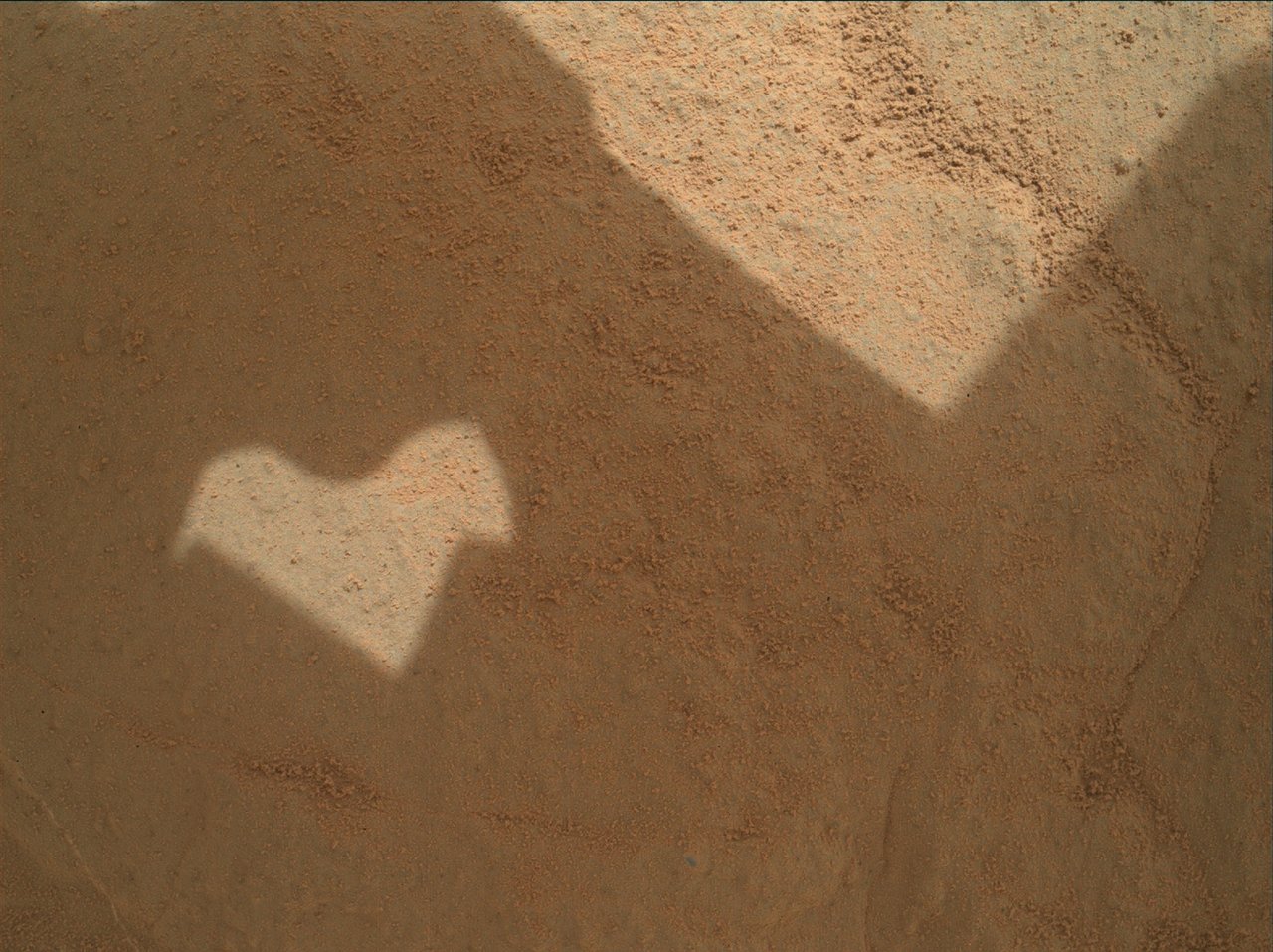2 min read

Drilling on Mars!
It's so super cool
SAM bakes up our sample
Using many a joule
The team is currently analyzing our most recent drill powder from "Hutton." Our first analysis of its mineralogy with CheMin was successful, and the SAM team decided to proceed with an EGA analysis. This analysis consists of heating the sample powder in an oven and sending the gases that are released into the mass spectrometer. These gases include things like water vapor, carbon dioxide, molecular oxygen, sulfur compounds, and more. Their concentrations and when they arrive in the mass spectrometer give us lots of interesting information about the composition of the sample.
Today, the team put together a 4 sol activity plan that covers the long holiday weekend. We start by delivering part of our Hutton sample powder to the SAM instrument, which will heat it and analyze it overnight. The second sol consists of monitoring our environment and recharging the batteries since heating the sample takes a lot of energy. On the third sol, CheMin takes its turn, performing another analysis to better understand the mineralogy of the Hutton sample. In the early morning of the fourth sol, we are characterizing the atmosphere with a suite of images and movies, and we are adding to a very large mosaic of the slopes around Curiosity. Later on the fourth sol, ChemCam will image "Craigielaw Point," which is near the top of the slope to the south. ChemCam will shoot its laser at the bedrock at "Troup Head," which is close to the Hutton drill site, to analyze its chemistry.
It was great to spend the morning of Valentine's day with the rover I love the most!
Written by Dawn Sumner, Planetary Geologist at University of California Davis







